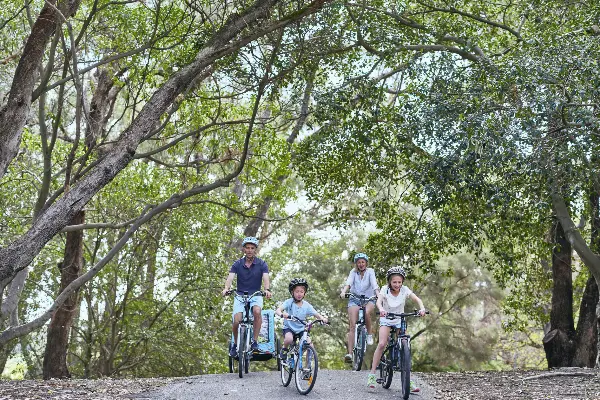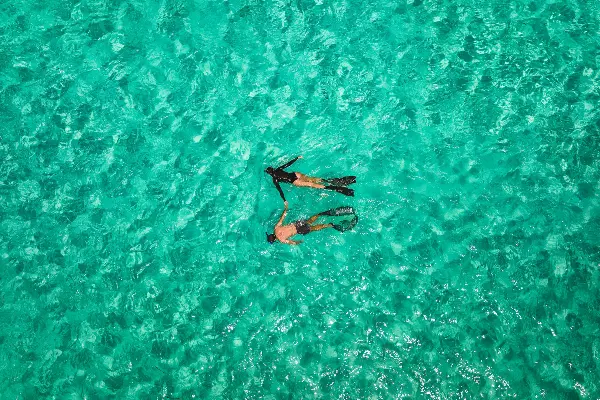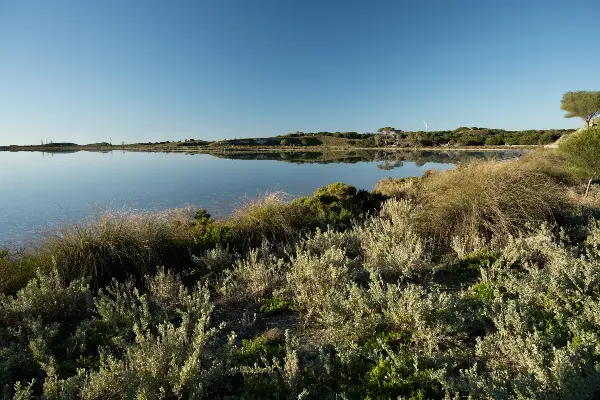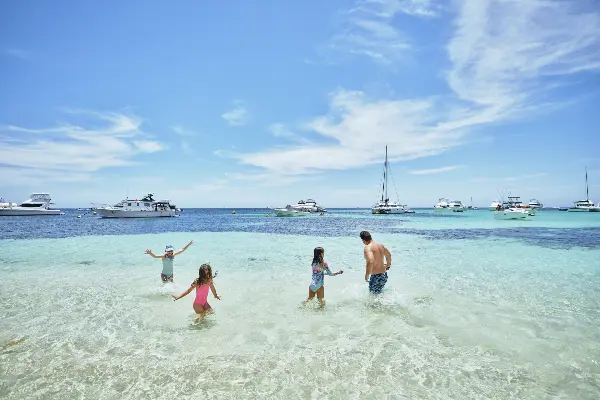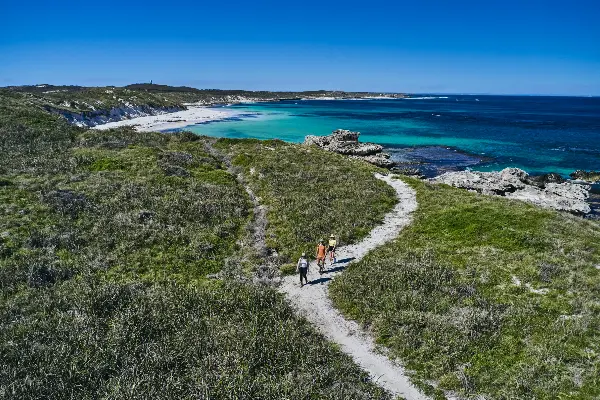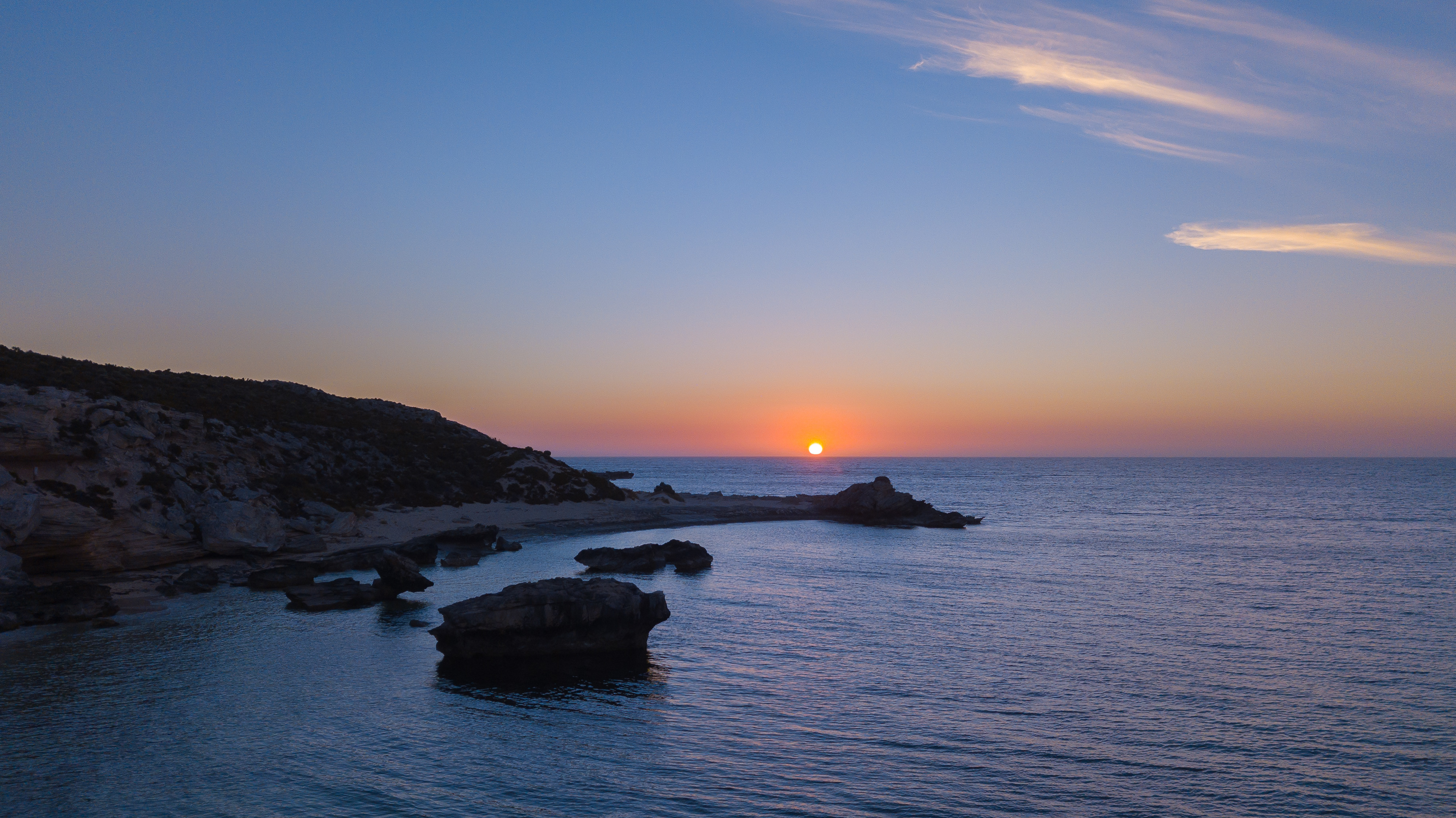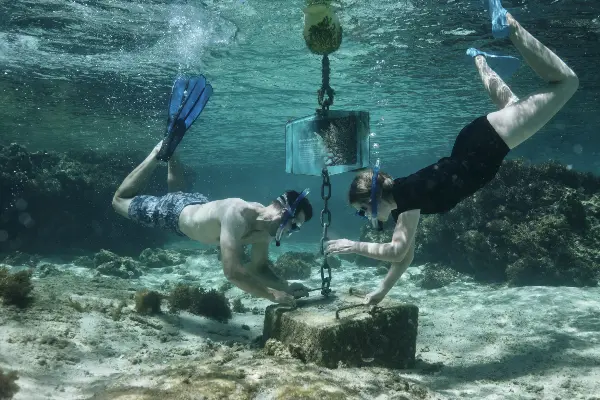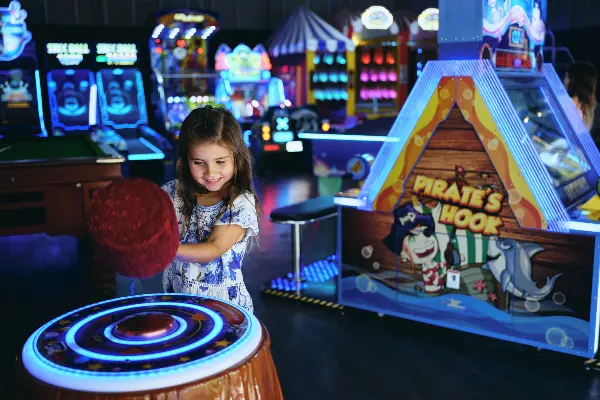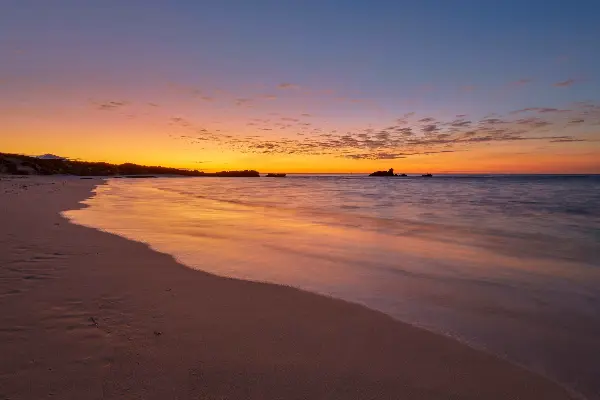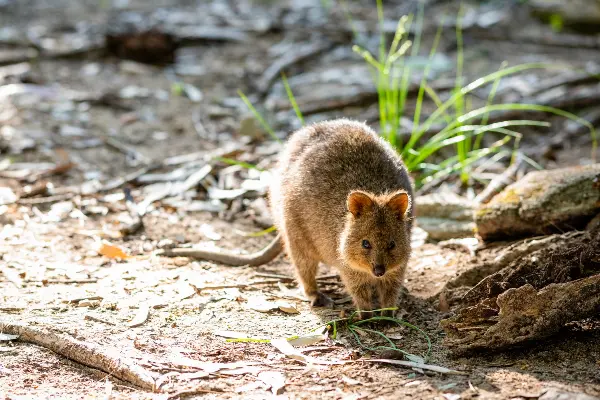There’s something special about the population of quokkas, or kwoka in Noongar, who live on Wadjemup / Rottnest Island. Their story is literally written in the land. The name ‘Rottnest’ comes from 17th-century Dutch explorers who considered the animals to be large rats and bestowed the island, ‘Rat’s Nest’.
These small marsupials bring childlike joy to those who make the journey to see them in the wild. They are the sole reason many people visit the island. Protagonists in children’s books. Iconic emblems on holiday souvenirs. Their infamy is undeniable; however, the quokka is a vulnerable species, protected, adored, and respected.
Rottnest Island is where you can be amongst the world’s largest quokka population. They are related to kangaroos and wallabies, and to see them in the heat of summer is one thing, but it’s quite another to witness these incredible creatures in the cooler months — just like kangaroos, little joey quokkas take their first hops into the world as protective mothers watch on. It’s unforgettable.
Playing your part in quokka conservation
- Simply observe the quokkas as they go about their natural movements
These marsupials are wild. They are not trained or confined in any way. This means that, when you travel to Wadjemup, you are moving through their environment. Not the other way around. So ensure you simply observe them from a respectable distance.
- This means that you cannot touch them
It’s important, for their safety and yours, that you don’t touch the quokkas. Touching quokkas can make them sick, spread disease, and even cause mothers to abandon their young if they carry an unfamiliar scent. Like any animal, they can be protective of themselves and their young so please keep your distance.
- Let them forage for their own food
As a vulnerable species, it is illegal to feed the quokka (or any animal on the island) as any food that they haven’t foraged for themselves can be harmful to their bodies. The only viable nutrition is the food on the island that they collect themselves.
- Keep foot (and cycle) traffic on the paths
The network of hiking and cycling paths around the island are there to protect the native flora and fauna. By keeping your movements to established paths, you are protecting the natural habitats of Wadjemup wildlife.
Wadjemup is a Class A reserve, made up of six unique ecosystems, each one with the perfect conditions for thriving animal, bird, and sea life. The quokka population is a big part of that, but not the only part. When you commit to protecting the quokka, you are protecting the greater island wilderness.
Seeing a quokka in its natural environment
Garden Lake
5-minute walk from the main bus stop
In a few minutes, you move from the high energy of the settlement and arrive in silence. Garden Lake is still. Surrounded by trees and ramped by a field of grass and samphire; you will see a family of quokkas sleeping under the trees or venturing out in the early morning and late afternoon. While there are plenty of incidental quokka sightings on the island, with its boardwalk that offers the perfect view at a respectful distance, Garden Lake is an ideal place to go for a purposeful quokka experience.
On your walk to The Basin
Where Gabbi Karniny Bidi meets Kingsway Road
When you walk the trail between the sports oval and the golf course, you will come in contact with a line of native tea trees just opposite Discovery Resorts - Rottnest Island (the eco-tent village). These tall gums and low-lying tea trees are knitted together to form the ideal woodland habitat for a thriving quokka population. Stand back and take in the marsupial group going about their natural movements.
On the Ngank Yira Bidi trail to Bickley Bay
Just before the ascent to Wadjemup Lighthouse
Digby Drive
As you cycle to Stark Bay
Bovell Way
Take your quokka tour west. As you cycle to Stark Bay, you will encounter tall fig trees and date palms leaning into one another and creating the perfect reserve for island marsupials. If you’re doing a full tour of the island by bike, you can travel the southern track back to the settlement, cycling past Parker Point (approximately six km from Stark Bay). Here, there’s a natural dip in the road where you’ll see a shrub forest of native tea trees; for those with a keen eye for spotting wildlife, you may get a glimpse of the quokka population here too.
There is no need to do anything to attract a quokka; their natural curiosity will bring them closer to you if they feel safe. If a quokka hops towards you, stay still and enjoy being in proximity to these unique marsupials. Remember not to touch or feed them — it’s also important to move back if they venture within two metres of you.
Welcoming new life in spring
During the cooler months on the island, the quokkas seem to take on a new personality. They are no longer in pursuit of shelter from the hot Australian sun, tourist crowds are thinned so they have more space to roam freely, and, most fascinatingly, they are welcoming new life.
From June, the mother’s pouches become heavier and by September, you could catch a glimpse of a baby quokka (known as a joey) taking its first hops into the world. When you witness these special moments, you take that feeling back to the mainland with you. It’s a feeling of awe and wonder that follows you home.
Tips for a time well spent
Make your visit even more meaningful with helpful advice from those in the know.
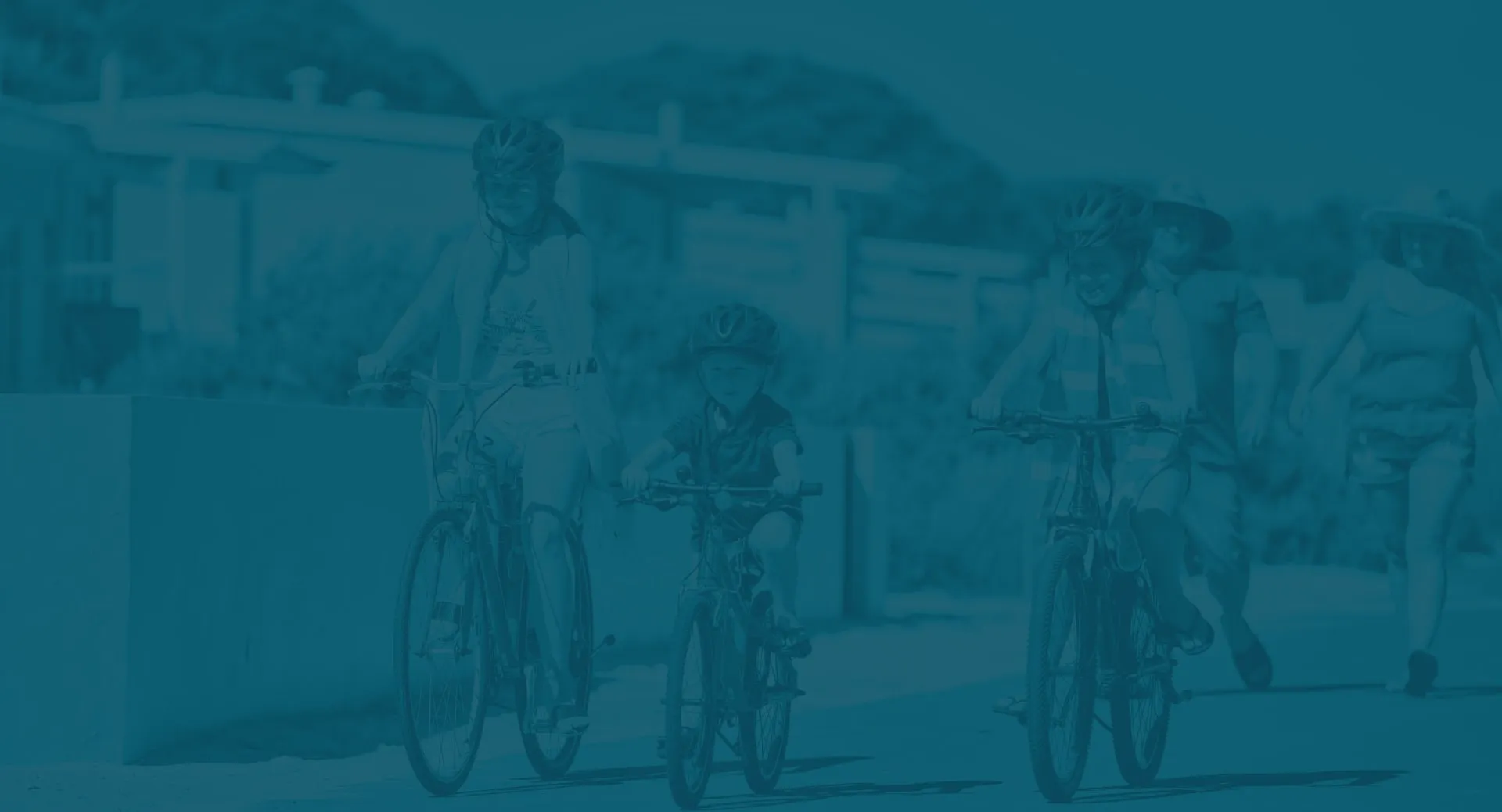

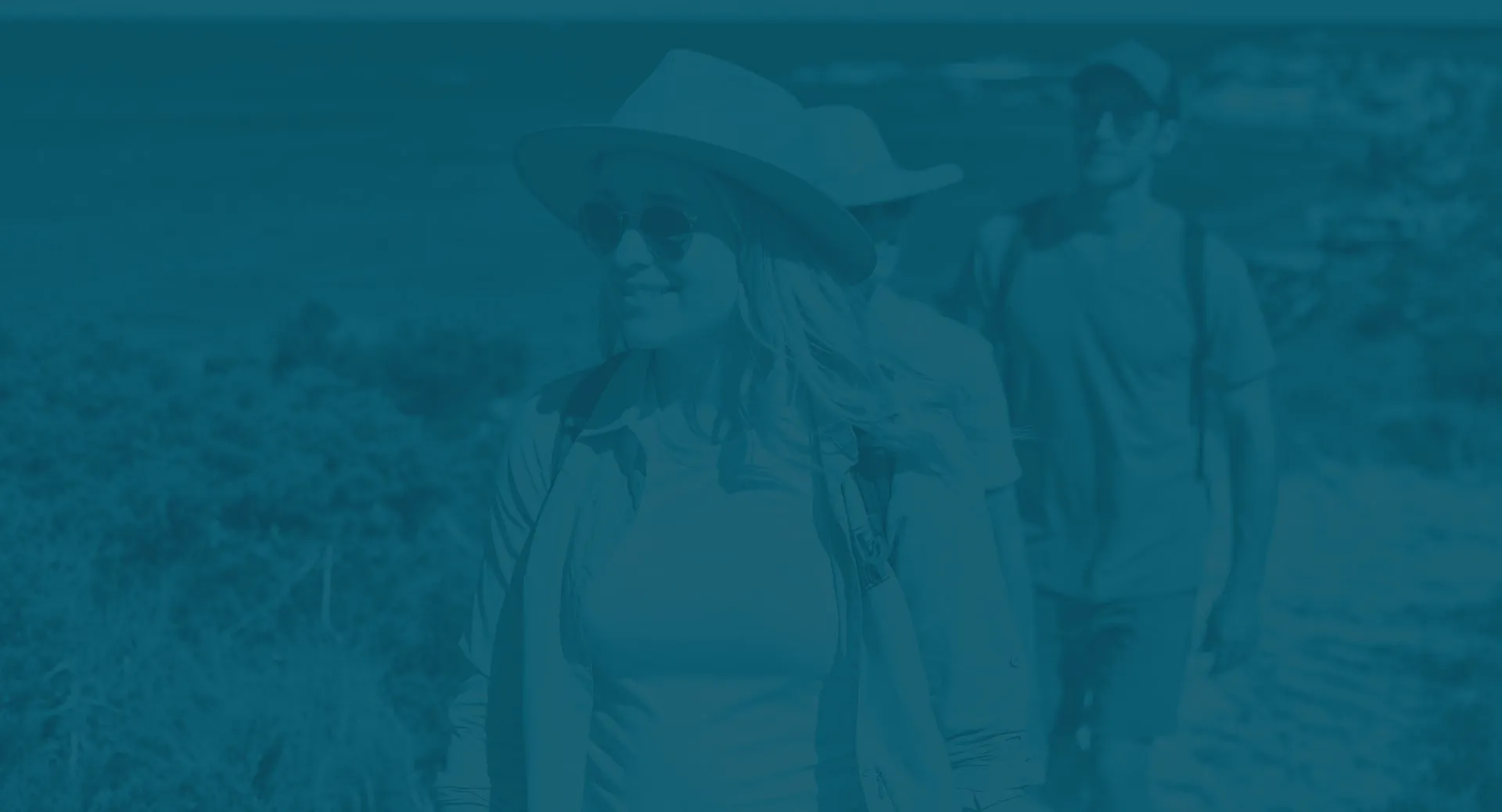
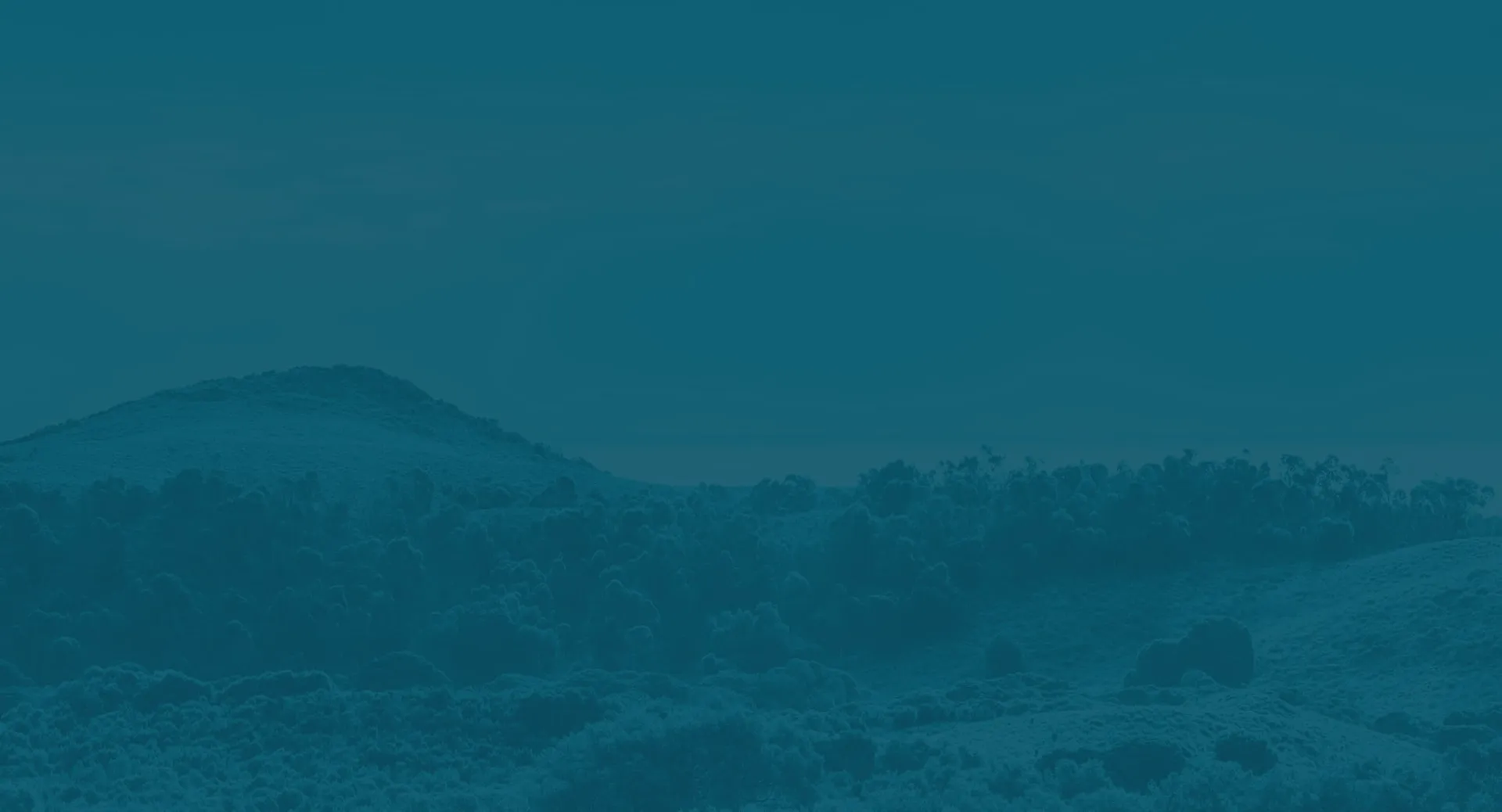

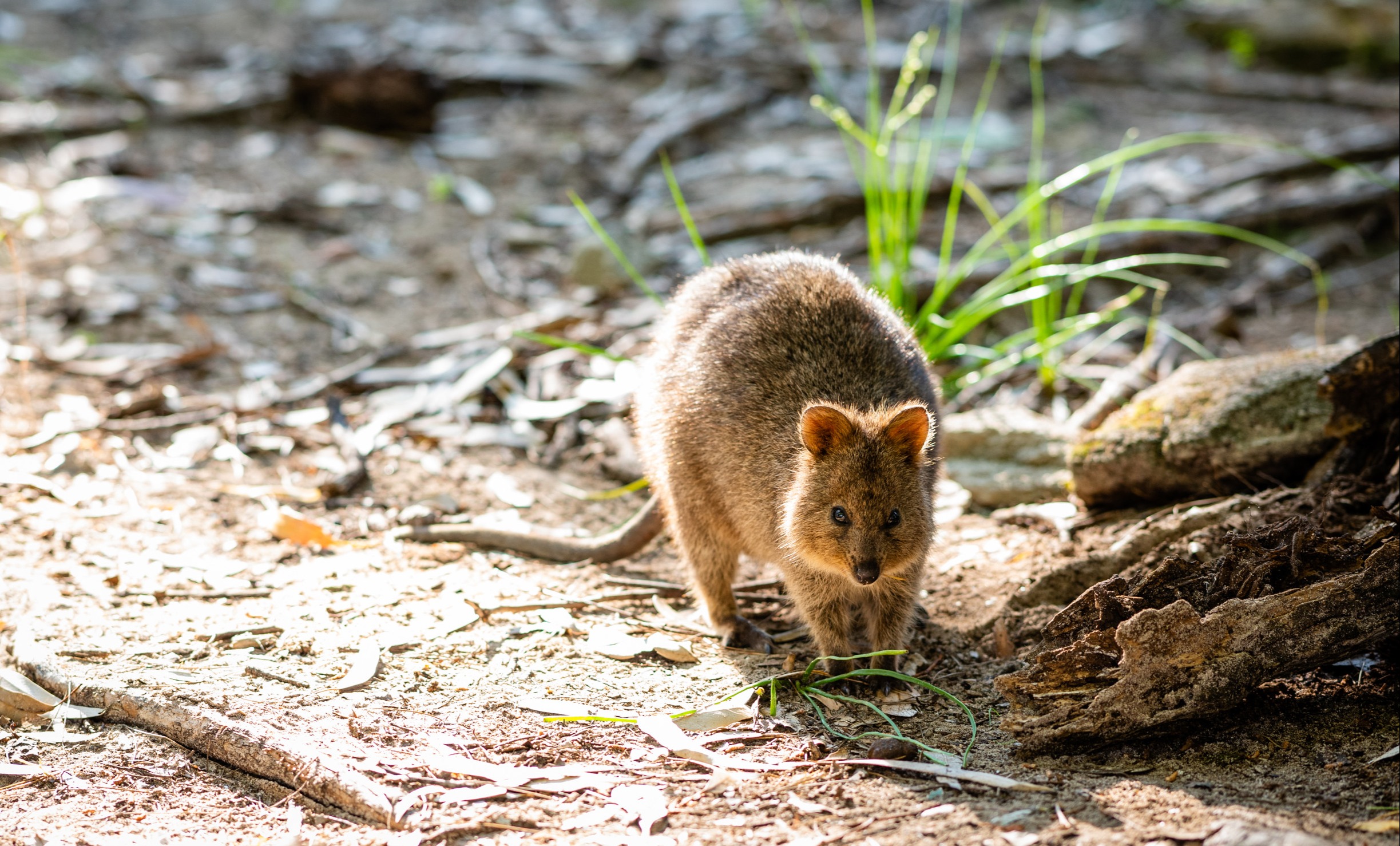
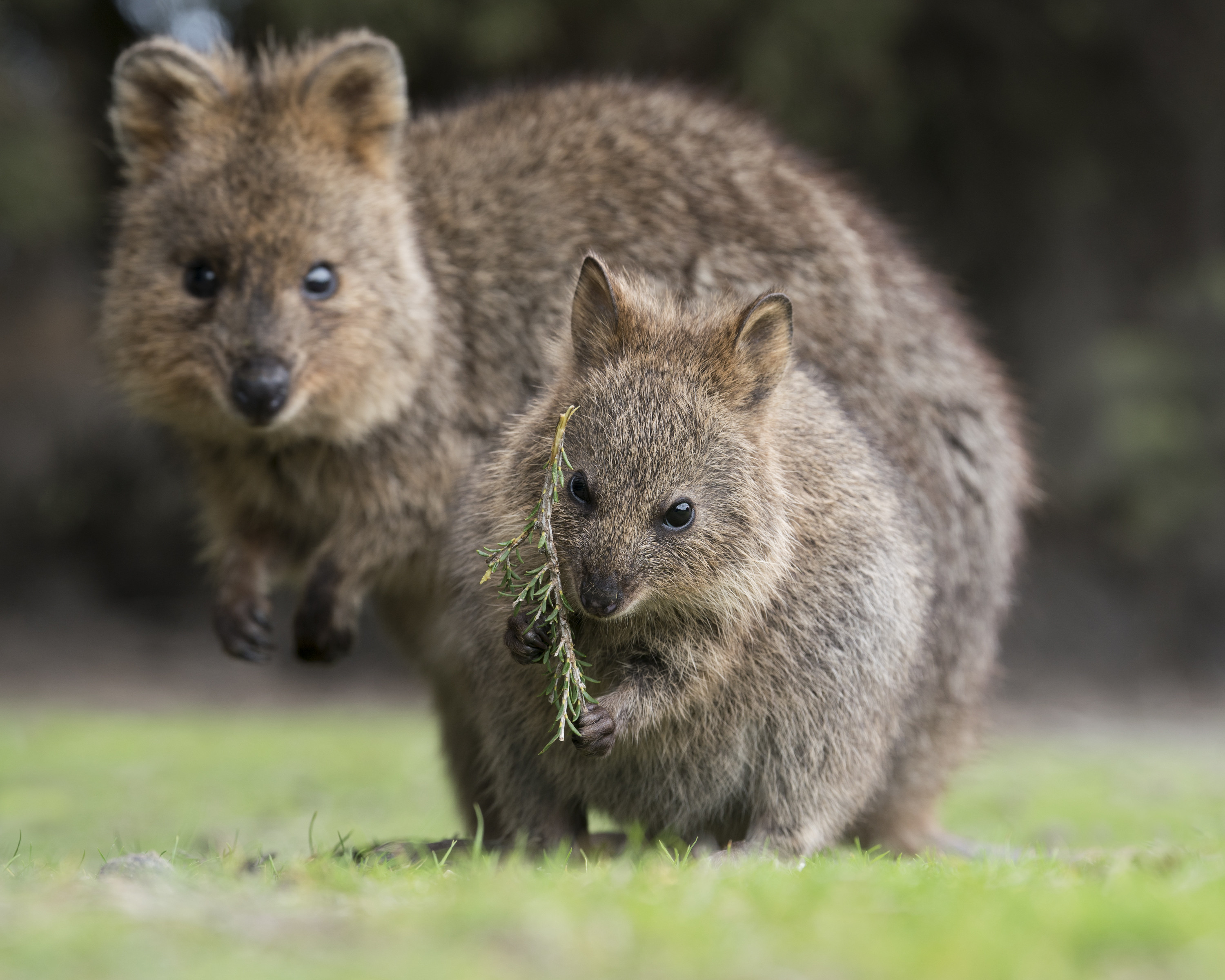
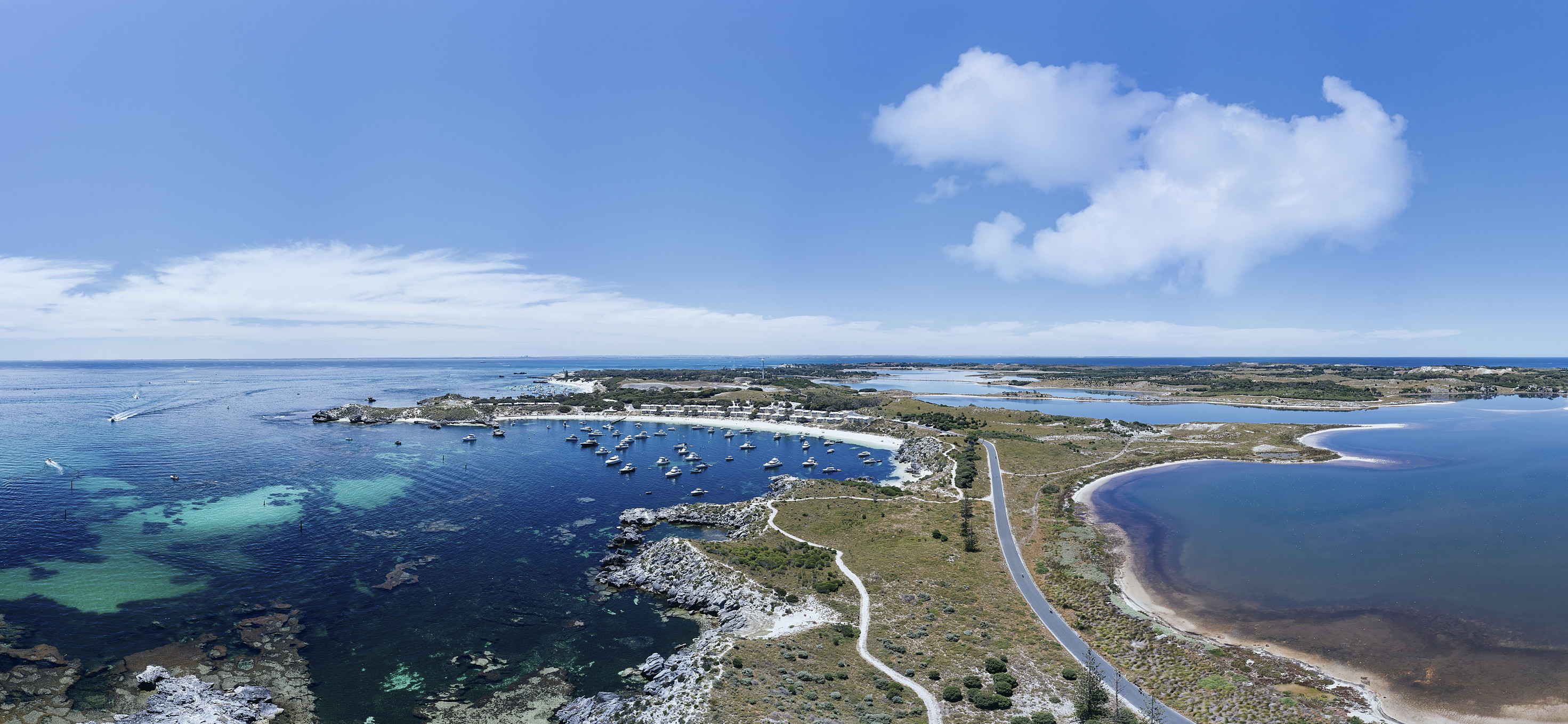
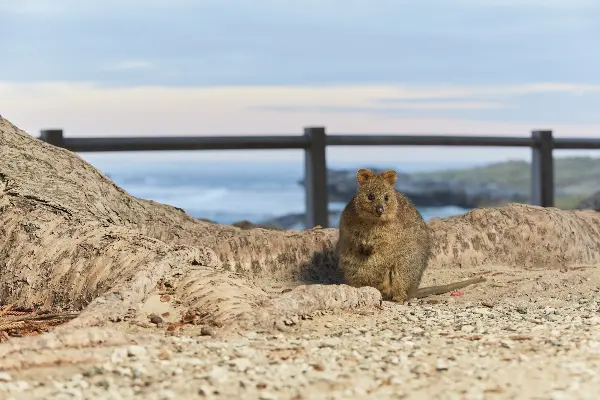
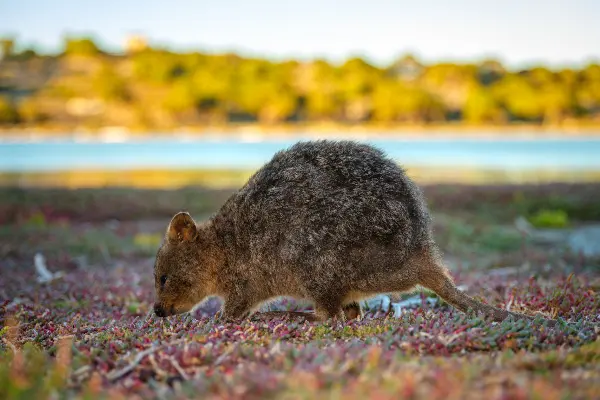
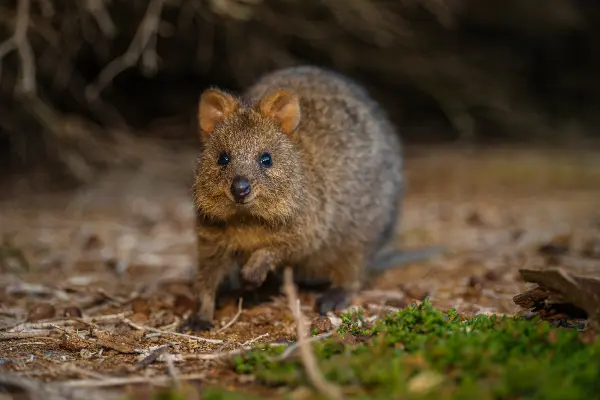
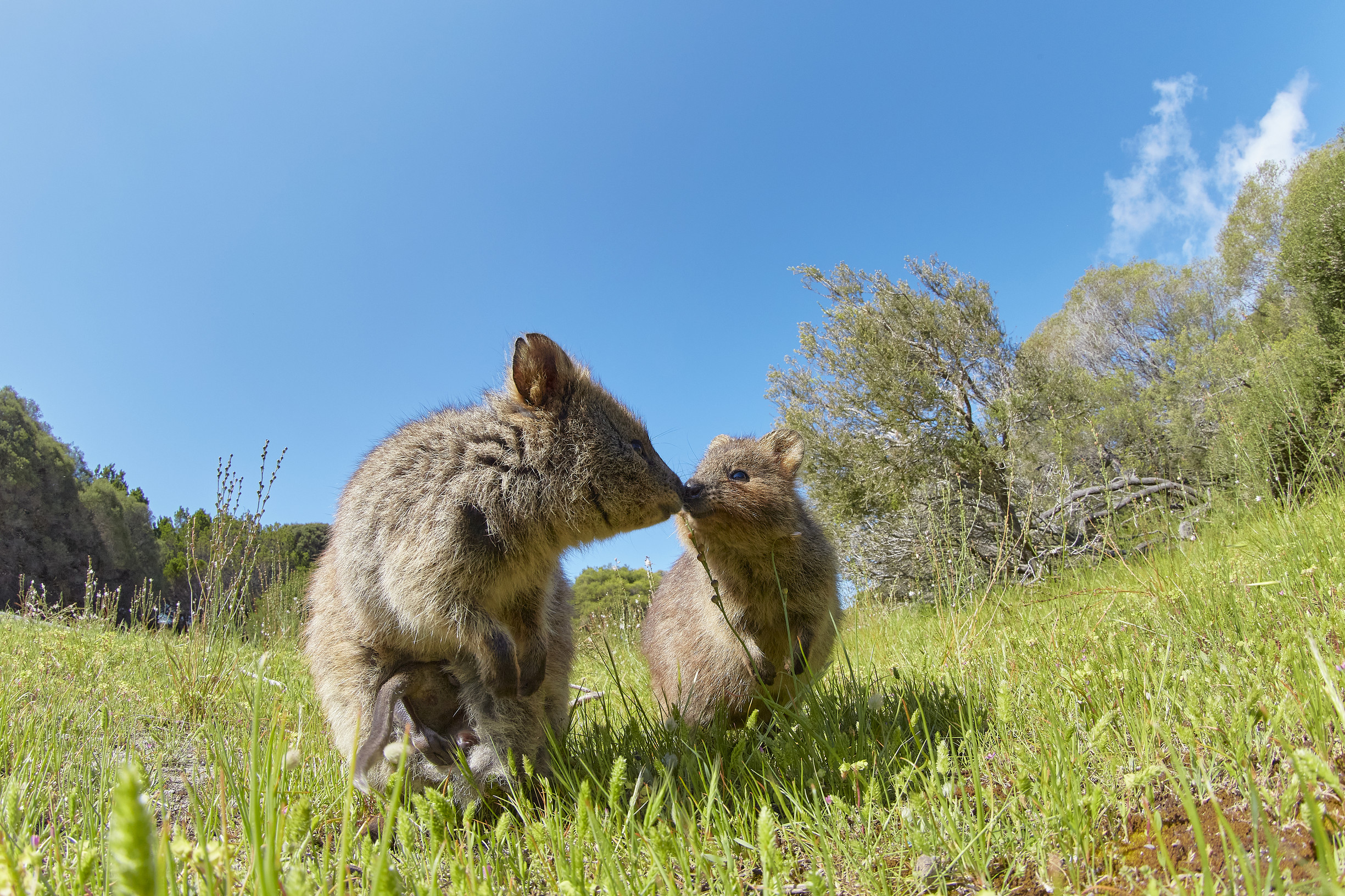
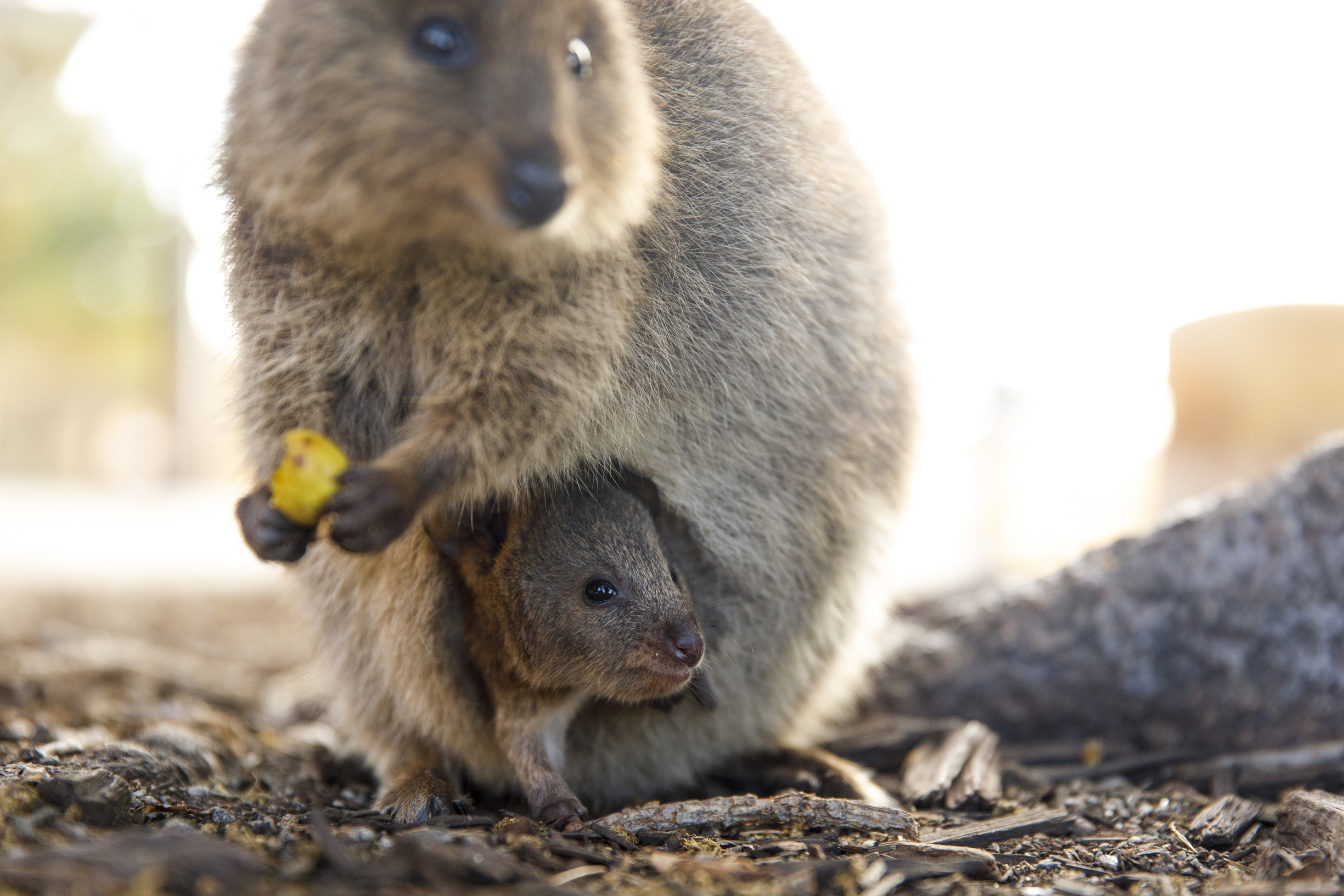
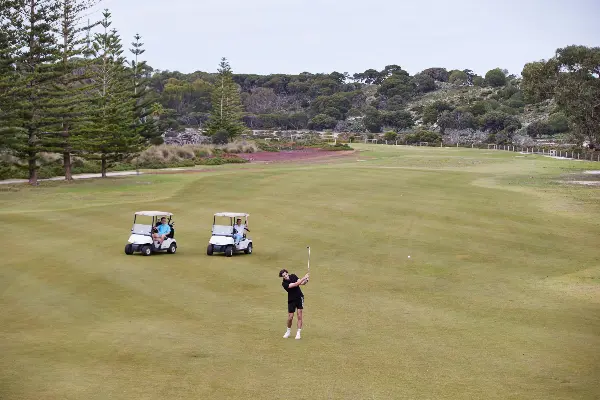
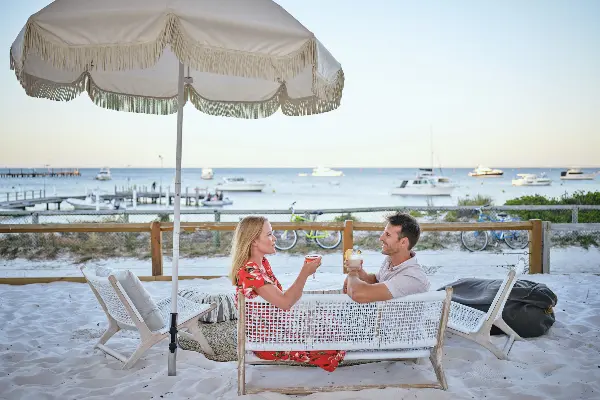
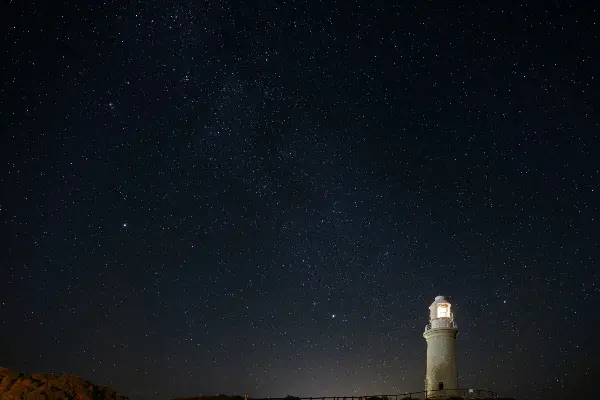
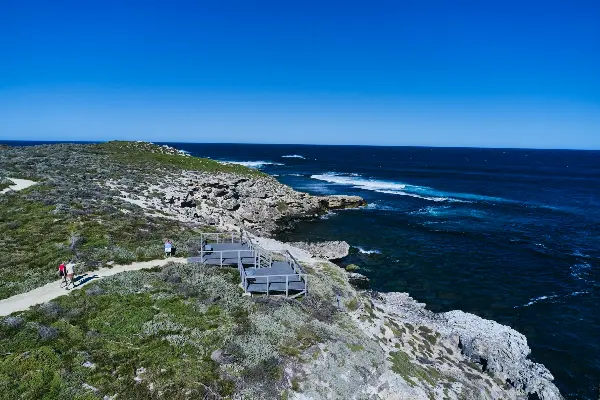
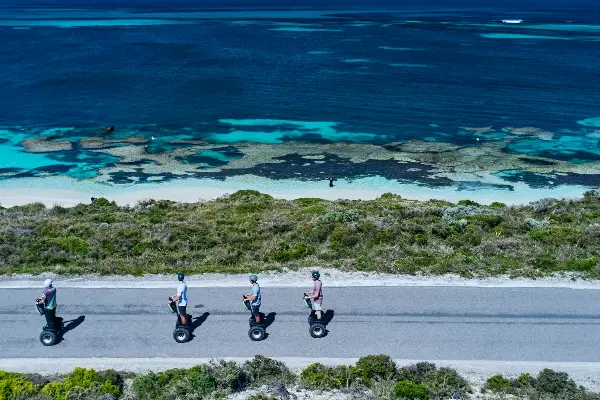
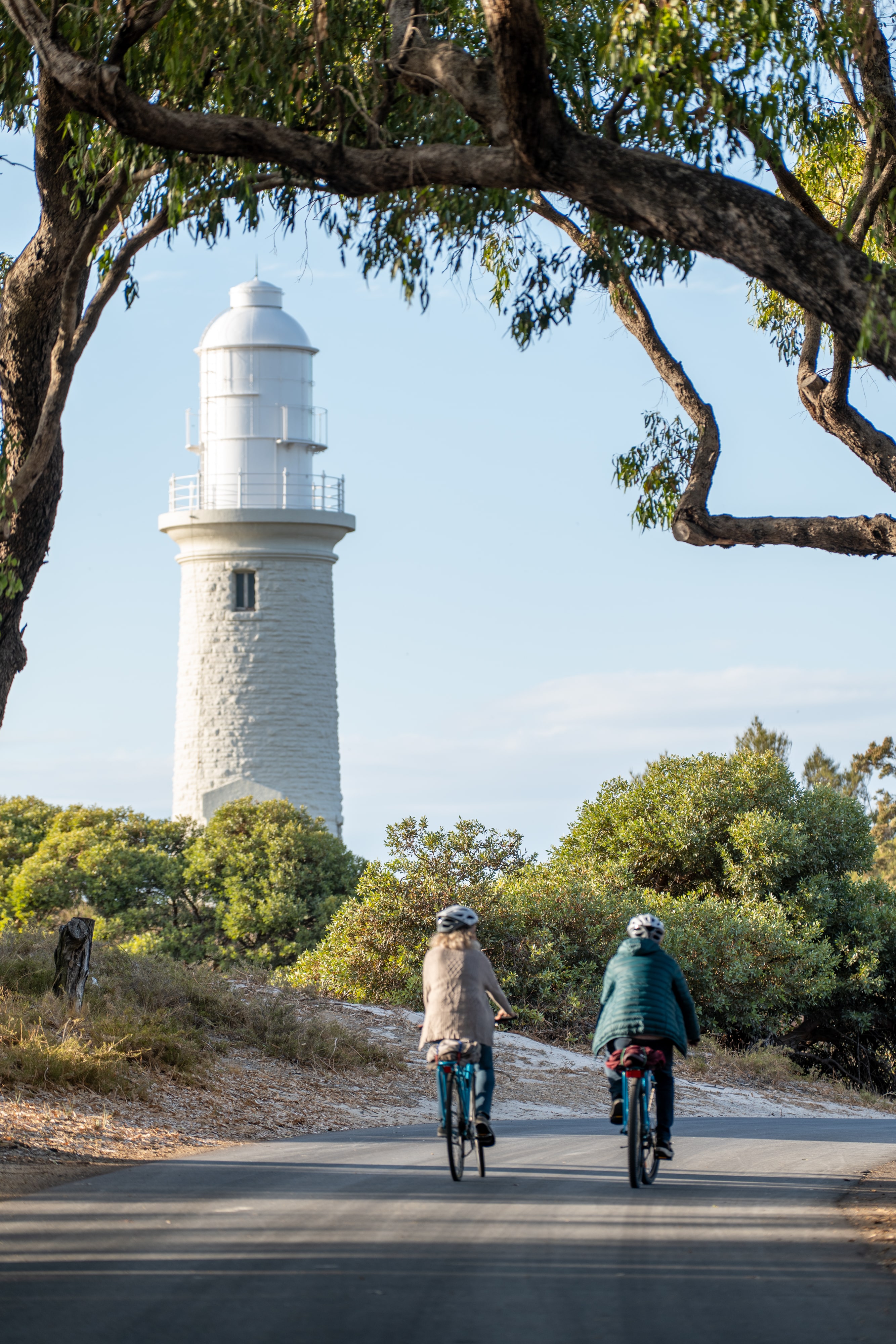
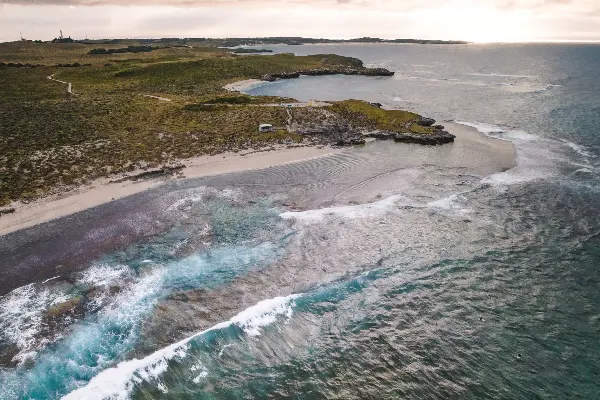
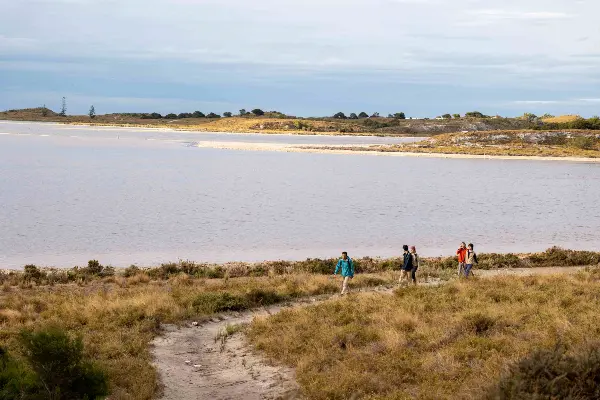
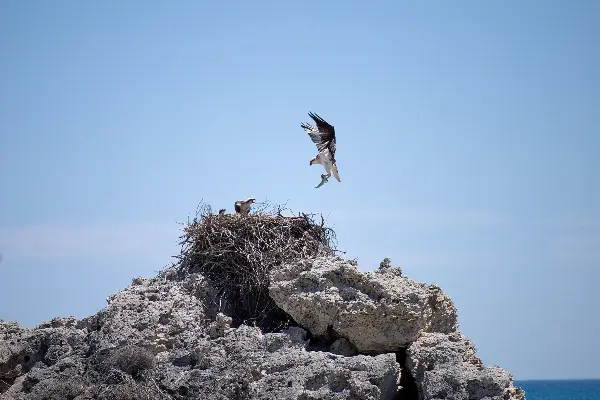
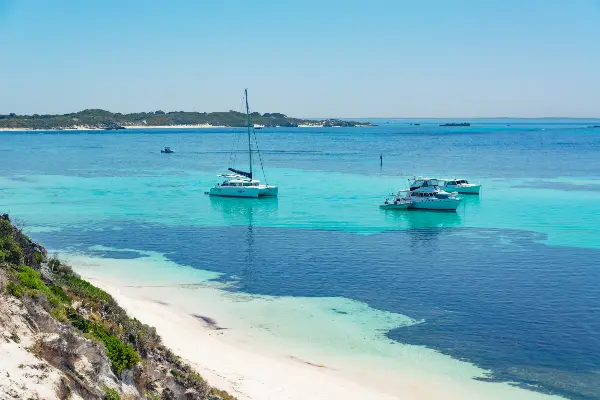
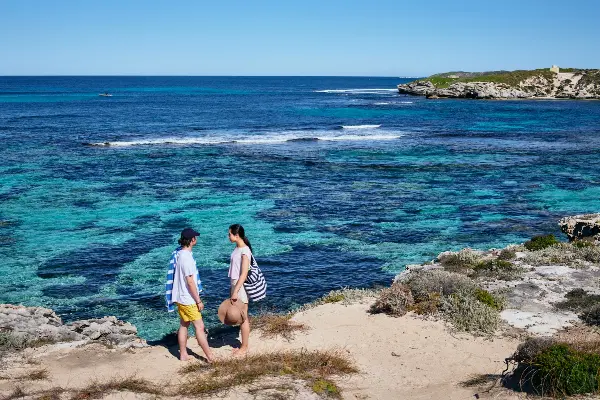

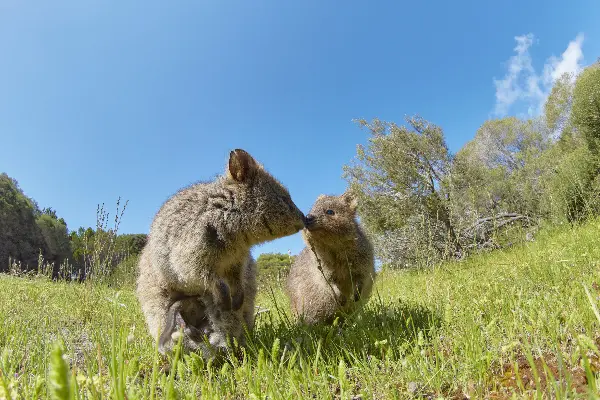
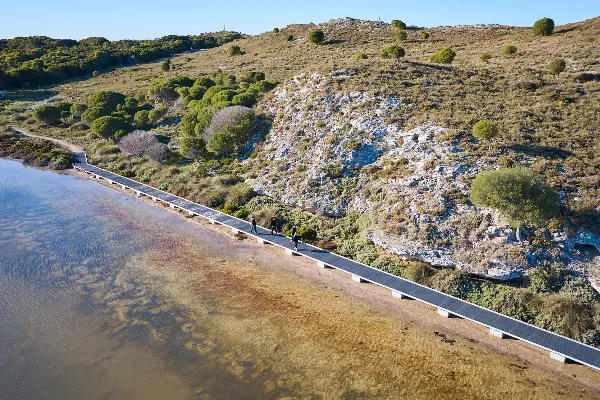
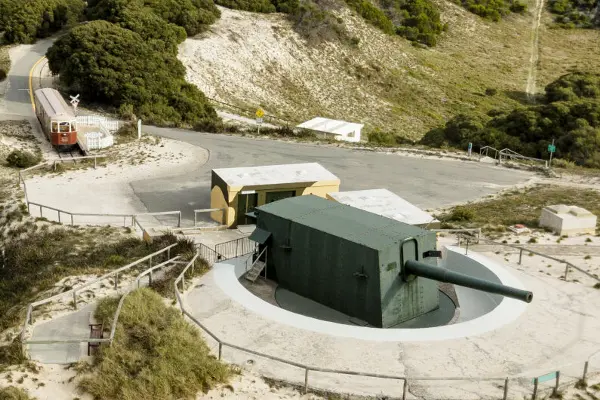
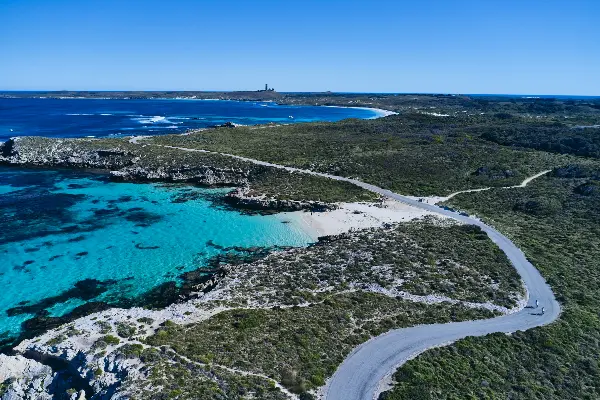
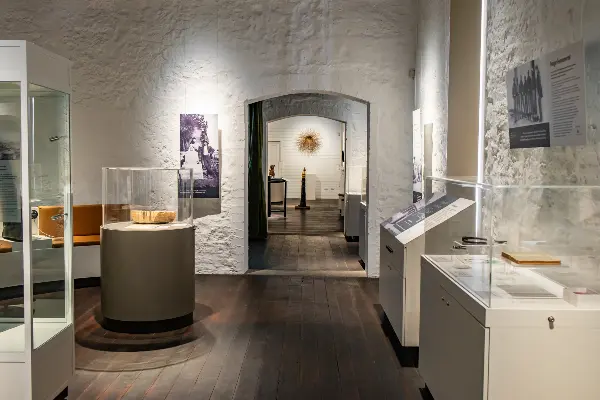
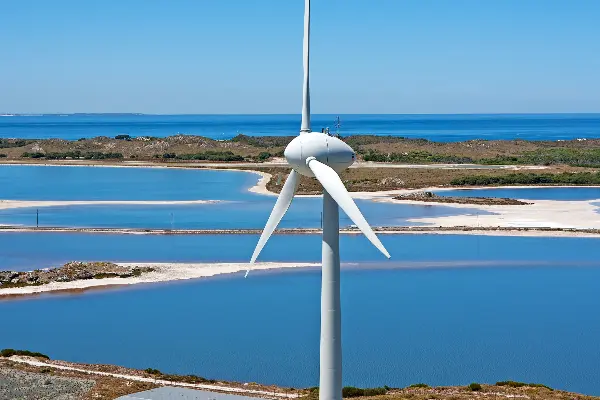
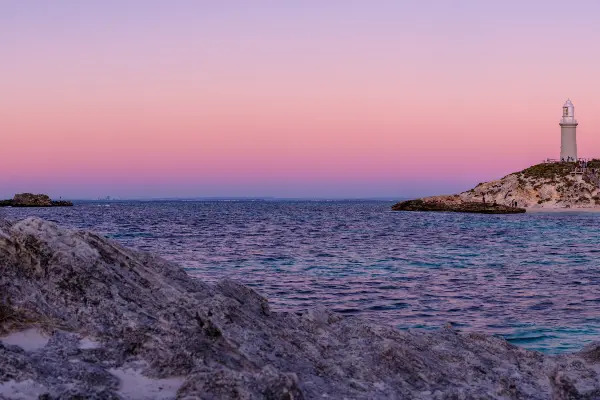
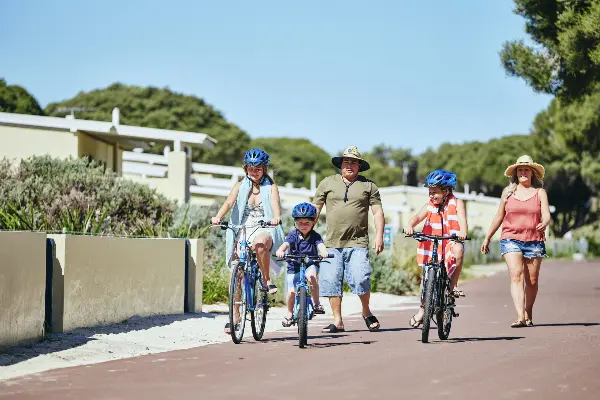
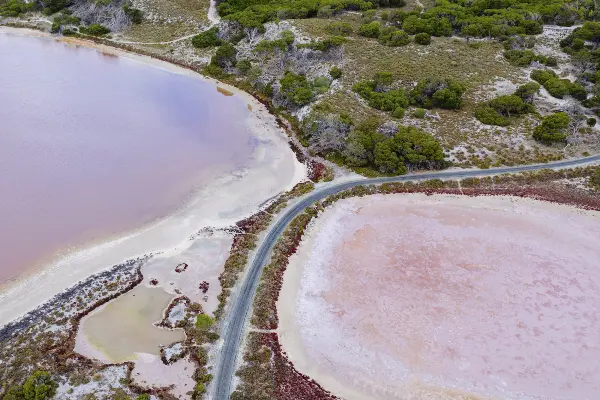
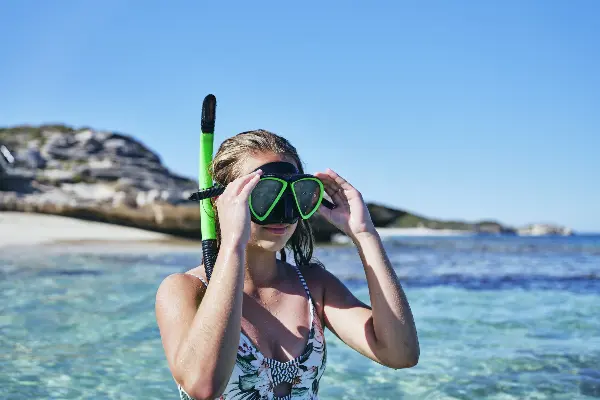
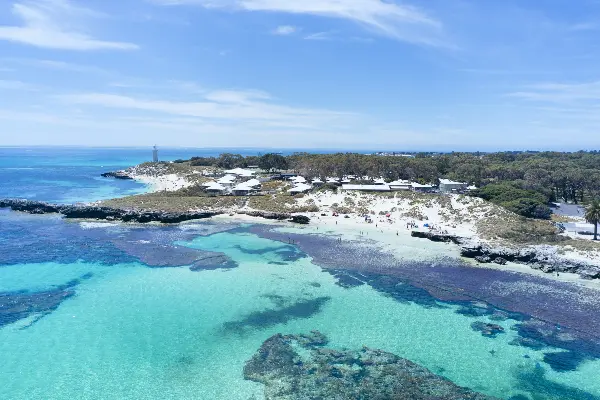
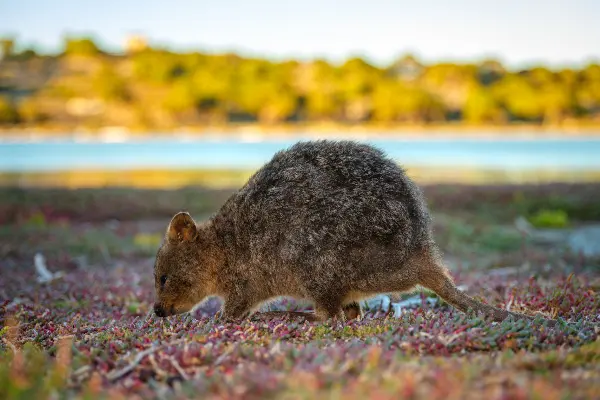
.tmb-fallback.webp?Culture=en&sfvrsn=7e1cefe5_1)
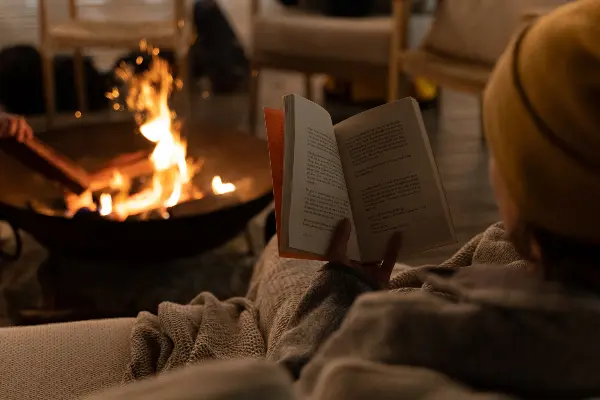
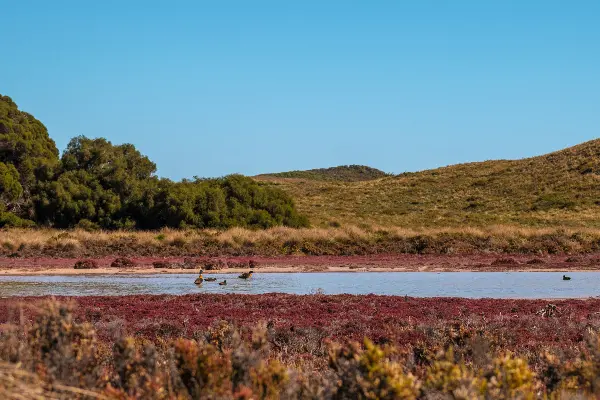
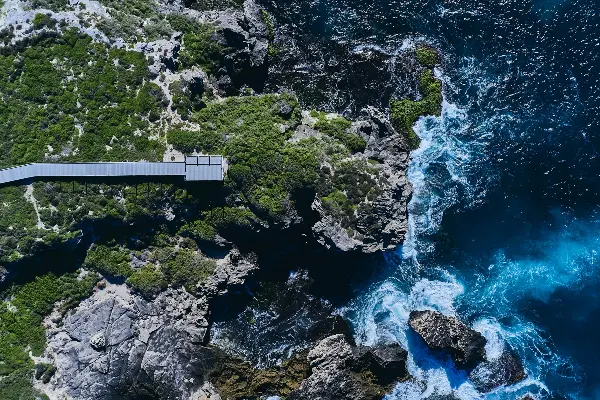
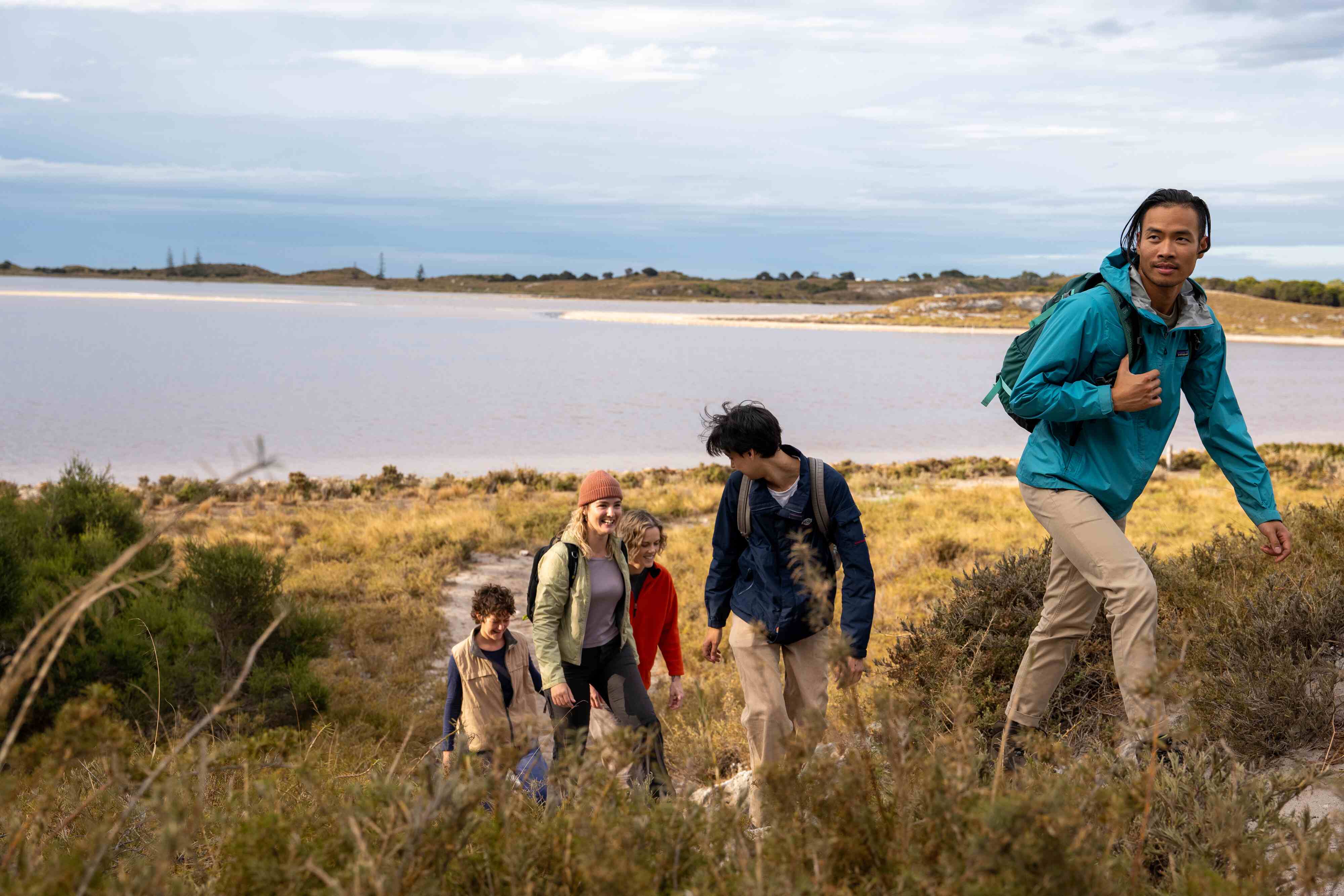
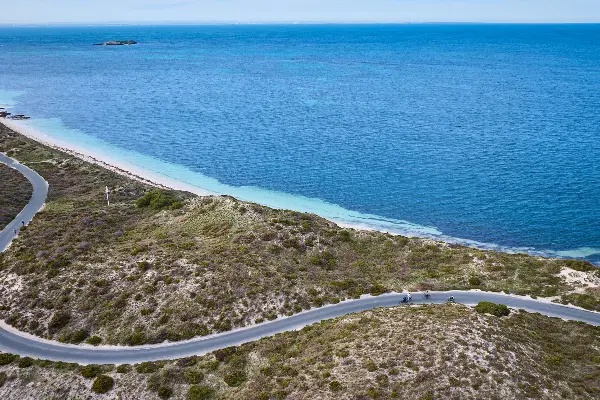
.tmb-fallback.webp?Culture=en&sfvrsn=aef6f714_1)
